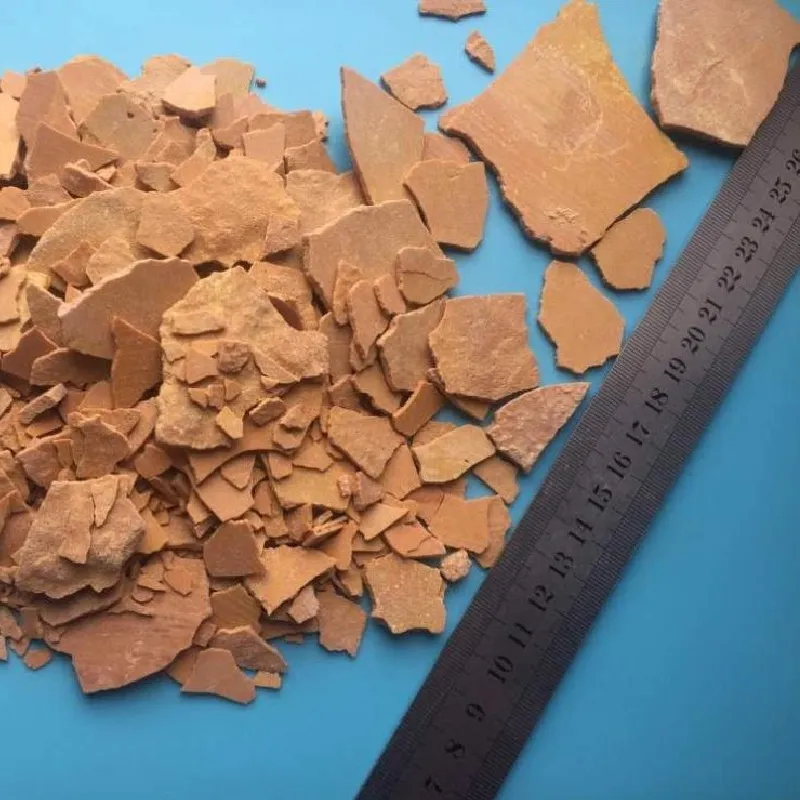
Understanding the Properties and Applications of Styrene Butadiene Rubber in Industry
Styrene-Butadiene Rubber (SBR) Properties, Applications, and Future Trends
Styrene-butadiene rubber (SBR) is one of the most widely used synthetic rubbers in the world, playing a critical role in various industrial applications. Developed in the 1930s, SBR combines the properties of styrene and butadiene, resulting in a versatile material with excellent resilience, durability, and weather resistance. In this article, we will explore the properties of SBR, its applications across various industries, and the future trends shaping its development.
Properties of SBR
SBR is renowned for its remarkable physical and chemical properties. The copolymer structure allows it to maintain elasticity even at low temperatures, making it suitable for a variety of applications. The styrene component provides hardness and strength, while the butadiene component offers flexibility and resilience. One of the standout characteristics of SBR is its excellent abrasion resistance, which enhances its longevity and performance in demanding environments.
Moreover, SBR exhibits good resistance to ozone, oxygen, and sunlight, which makes it an ideal choice for outdoor applications. It is also cost-effective compared to natural rubber, further contributing to its wide adoption in many industries. However, it is worth noting that SBR has moderate resistance to oils and solvents, which can limit its use in certain applications where exposure to such substances is expected.
Applications of SBR
Styrene-Butadiene Rubber (SBR) Properties, Applications, and Future Trends
In addition to tires, SBR is employed in manufacturing various rubber goods, such as seals, gaskets, and hoses. Its exceptional cushioning properties make it ideal for applications in sports equipment, footwear, and automotive components. Furthermore, SBR is used in adhesives, coatings, and sealants, proving its adaptability across diverse industries.
sbr styrene butadiene rubber

Moreover, SBR is popular in the construction industry for producing flooring materials, sound insulation, and waterproofing membranes, showcasing its ability to withstand harsh environmental conditions.
Future Trends in SBR Development
As the world faces increasing environmental challenges, the demand for sustainable materials is stronger than ever. In response, researchers and manufacturers are exploring the development of eco-friendly alternatives to traditional SBR. This includes bio-based SBR, produced from renewable resources, which could significantly reduce the carbon footprint associated with rubber production.
Furthermore, advancements in technology are expected to enhance the properties of SBR. Innovations in polymer chemistry and additives can lead to improved performance characteristics, such as enhanced durability and lower heat generation. The adoption of smart materials and integration with IoT technology may also pave the way for SBR products that can monitor and respond to their environments, expanding their potential applications.
The rise of electric vehicles (EVs) and the growing emphasis on energy efficiency are set to further influence the SBR market. Manufacturers will likely focus on developing specialized compounds tailored for EV tires that can provide low rolling resistance while maintaining safety and durability.
Conclusion
Styrene-butadiene rubber is a vital material in modern industry, renowned for its unique properties and wide-ranging applications. As technological advancements and sustainability goals shape the future of material sciences, SBR is poised to adapt and remain a cornerstone in manufacturing processes. By continuing to innovate and address environmental concerns, the SBR industry can contribute to a more sustainable future while meeting the demands of an evolving market.
-
Pure Sodium Dichloroisocyanurate Dihydrate | Powerful DisinfectantNewsAug.29,2025
-
Industrial Chemicals: Quality & Purity for Every IndustryNewsAug.28,2025
-
Nitrile Rubber Honoring Strict Production StandardsNewsAug.22,2025
-
Aspartame Ingredients Honoring Food Safety ValuesNewsAug.22,2025
-
Fertilizer for Balanced Plant NutritionNewsAug.22,2025
-
Cyanide Gold Processing with High Purity AdditivesNewsAug.22,2025
-
Formic Acid in Textile Dyeing ApplicationsNewsAug.22,2025
Hebei Tenger Chemical Technology Co., Ltd. focuses on the chemical industry and is committed to the export service of chemical raw materials.
-

view more DiethanolisopropanolamineIn the ever-growing field of chemical solutions, diethanolisopropanolamine (DEIPA) stands out as a versatile and important compound. Due to its unique chemical structure and properties, DEIPA is of interest to various industries including construction, personal care, and agriculture. -

view more TriisopropanolamineTriisopropanolamine (TIPA) alkanol amine substance, is a kind of alcohol amine compound with amino and alcohol hydroxyl, and because of its molecules contains both amino and hydroxyl. -

view more Tetramethyl Thiuram DisulfideTetramethyl thiuram disulfide, also known as TMTD, is a white to light-yellow powder with a distinct sulfur-like odor. It is soluble in organic solvents such as benzene, acetone, and ethyl acetate, making it highly versatile for use in different formulations. TMTD is known for its excellent vulcanization acceleration properties, which makes it a key ingredient in the production of rubber products. Additionally, it acts as an effective fungicide and bactericide, making it valuable in agricultural applications. Its high purity and stability ensure consistent performance, making it a preferred choice for manufacturers across various industries.





